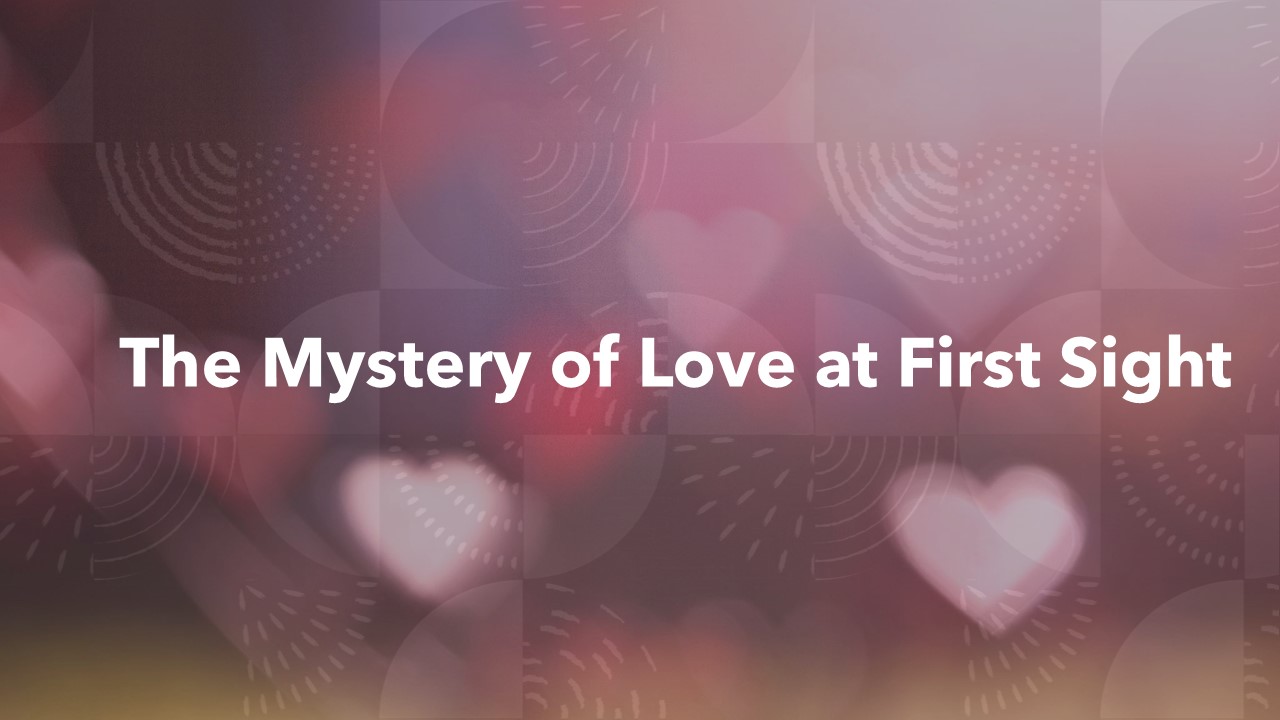Through the centuries, love has been depicted as a mysterious, incomprehensible connection between two people. It is a sense that defies logic, reason, or reasonable thought. The mysterious feeling of “love at first sight” is a wonderful example of such a happy and mysterious experience.
What Is Love at First Sight?
One of the major tenets of the classical romantic love model is love at first sight. The modern symbols of Cupid’s “love arrows”—the images of a winged infant carrying a bow and a heart pierced by an arrow—came from ancient Roman mythology. Nowadays, they signify love at first sight. Over history, love at first sight has been popularized in Western cultures through art, romantic novels, plays, shows, and movies.
What Does Love at First Sight Look Like?
These days, “falling in love,” likely at first sight, is typical in romantic love plots and the narrative of many romantic novels and films (Hefner & Wilson, 2000).
The dilated eyes look at an attractive stranger passing by or standing by in the hallway. And the character feels insight—actually, testosterone, estrogen, and oxytocin—hinting that this is true love. For many young people, personal models of love entertain the dreams of falling in love on a single happy occasion and with a delightful glance.
Physical attraction is evident in some expressions of the eyes, such as the copulatory gaze and the longing gaze into the eyes of an attractive person. If a person continues to gaze for many seconds, the loved one may notice this and be attracted back to that person. Therefore, the loved one may gaze back at the person. Consequently, the gaze back may reinforce the person’s belief that the loved one is interested in him or her. Then, both are silently gazing into each other’s eyes, feeling an immediate, unspoken emotional attraction. Thus, love at first sight can occur between them at the same time (Grant-Jacob, 2016).
The Cross-Cultural Nature of Love at First Sight
“Love at first sight” seems to be a common metaphor in both literary and colloquial English. The phenomenon of love at first sight is also known across cultures, despite different cultural attitudes toward free choice in love.
There are direct equivalents in other European languages, such as the German expression “Liebe auf den ersten Blick“, the Italian “amore a prima vista”, the Spanish “amor a primera vista”, and the French expression “coup de foudre“. The Italians and Spanish also frequently use the colloquial “colpo di fulmine” (Italian) and “oon fleh-chah-zoh” (Spanish).
The French idiomatic expression “le coup de foudre,” besides its literal meaning, also conveys a figurative meaning of “love at first sight.” It is well known to French-speakers and is different from “tomber amoureux (de)“—gradual falling in love with.
The Chinese word “chengyu” (yí jiàn zhōng qíng) stands for love at first sight. Since ancient times, Chinese literature has had many tales of love at first sight and the flash of erotic bliss.
The Japanese Hitomebore also means the same basic emotional insight, while Koi No Yokan is an untranslatable Japanese phrase referring to “the premonition of love” – a sense that a person feels upon encountering someone with whom they inevitably fall in love.
How to explain love at first sight
Thus, we can see that love at first sight is a universal, cross-cultural experience. Does this support the supernatural power of love? Or can science explain the “love-at-first-sight” phenomenon in another way?
Over recent years, researchers have been able to delve into psychological explanations of this experience when we fall in love with someone we see for the first time. We instantly feel it’s he or it’s her—one and forever.
Love at first sight is only one of many phenomena illustrating the mystery of love.
And researchers are looking for a scientific explanation of love at first sight.
